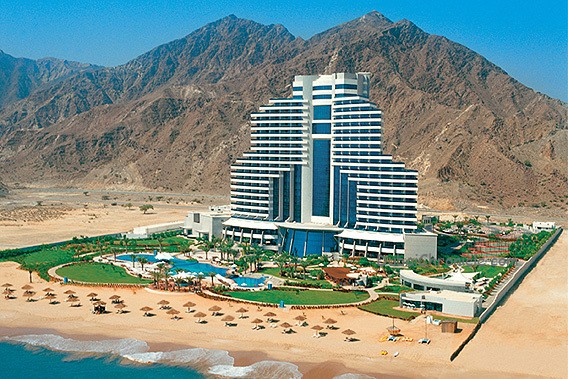Which panic button to press?
Environmental risks have come to prominence in the global risks landscape in 2016, despite the presence on the horizon of a large number of other, highly visible risks. Income disparity, which was highlighted by the report in 2014, is this year reflected in the growing interconnections involving profound social instability and both structural unemployment and underemployment and adverse consequences of technological advances.
“Events such as Europe’s refugee crisis and terrorist attacks have raised global political instability to its highest level since the Cold War. This is widening the backdrop of uncertainty against which international firms will increasingly be forced to make their strategic decisions. The need for business leaders to consider the implications of these risks on their firm’s footprint, reputation, and supply chain has never been more pressing,” said John Drzik, President, Global Risk and Specialties, Marsh.
Geopolitical risks, one of which – interstate conflict with regional consequences – was 2015’s most likely risk, are also present: while interstate conflict has dropped to fourth in terms of likelihood, weapons of mass destruction ranks as the second most impactful risk, one place higher than last year and its highest ranking ever in our report.
“Climate change is exacerbating more risks than ever before in terms of water crises, food shortages, constrained economic growth, weaker societal cohesion and increased security risks. Meanwhile, geopolitical instability is exposing businesses to cancelled projects, revoked licenses, interrupted production, damaged assets and restricted movement of funds across borders. These political conflicts are in turn making the challenge of climate change all the more insurmountable – reducing the potential for political co-operation, as well as diverting resource, innovation and time away from climate change resilience and prevention,” said Cecilia Reyes, Chief Risk Officer of Zurich Insurance Group.
One potential black swan event could be in the area of technological risk. While cyberattacks rises slightly in terms of likelihood and impact in 2016, others, including failure of critical information infrastructure, appear to be declining as a risk in the eyes of experts. Technological crises have yet to impact economies or securities in a systemic way, but the risk still remains high, something that potentially may not have been fully priced in by experts. This would appear to be the view of a growing number of business leaders, as a separate survey of business leaders assessing risks for doing business finds cyberattacks to be the top risk in no fewer than eight countries, including the USA, Japan, Germany, Switzerland and Singapore.
International security in the spotlight
In addition to assessing the likelihood and potential impact of 29 global risks, the Global Risks Report 2016 takes an in-depth look at how the global security landscape could evolve in the future. The report features the outcomes of a year-long study to examine current trends and possible driving forces for the future of international security.
Through its analysis of the interconnections between risks, the 2016 report also explores three areas where global risks have the potential to impact society. These are the concept of the “(dis)empowered citizen”, the impact of climate change on food security, and the potential of pandemics to threaten social cohesion.



































